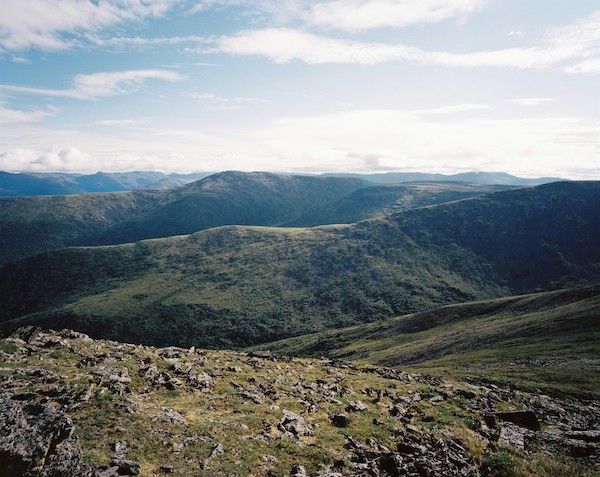The Chicobi Project was acquired by Kenorland through map staking in October 2016 and was optioned to NX Gold in April 2017. NX Gold completed an airborne VTEM-magnetic survey in 2017-2018, along with a 2D crustal-scale reflection and refraction seismic survey. NX Gold terminated the option agreement in May 2018 and Kenorland retained 100% ownership of the property.
In 2019 Sumitomo Metal Mining entered into an option agreement on the Chicobi Project and began funding the Phase 1 regional sonic drilling program in the summer of 2019. The objective of the sonic drill-for-till program was to systematically sample the glacial till beneath, on average, 10 meters of glaciolacustrine clay. Sonic holes were drilled along existing access corridors at a spacing of 500m and averaged 16m depth to bedrock. A complete section of the glacial stratigraphy was collected as well as a top of bedrock sample. Glacial till samples were sent for several different analyses: fine-fraction geochemistry, gold grain counts, heavy mineral concentrate assays. Top of bedrock samples were sent for lithogeochemical and assay analyses.
The Phase 2 exploration program begin in 2020 and included an additional 143 sonic holes following up on the initial Phase 1 regional program. Subsequently, the Phase 3 sonic drill-for-till program was completed during the winter of 2020-2021, further infilling till sampling over 5 target areas within the Chicobi Project.
To date, 441 sonic drill holes have been completed across the Project producing ~1,500 samples for gold grain counts, heavy mineral concentrate analysis, and till geochemistry assays. These drill campaigns have systematically screened the property from the regional scale, covering over 50,000 hectares.
Follow-up exploration in the fall of 2021 included high-resolution drone magnetics, induced polarization (IP), and ground electromagnetics (EM), was completed in the fall of 2021. A reconnaissance diamond drill program was completed in spring of 2022 totalling 1,908m over four holes. Wide intervals of strong deformation and sericite-carbonate ± chloritoid alteration, associated with localised zones of quartz-carbonate veining and pyrite mineralisation were encountered.
Land access and permitting was completed for the next phase of sonic drilling (drill-for-till geochemical sampling) along the Roch-Can trend. The Roch-Can trend is located along a major first order structure within the Chicobi Deformation Zone (CDZ) which transects the Abitibi greenstone belt. Limited historical drilling and previously completed sonic drill holes have identified an alteration corridor spanning 17 kilometers in strike length and broadly associated with Au-Zn-Ag anomalism within the bedrock and glacial overburden. The two phase (summer and winter) sonic drill-for-till program has been completed, with 121 infill sonic holes drilled in 2023 and 2024.






